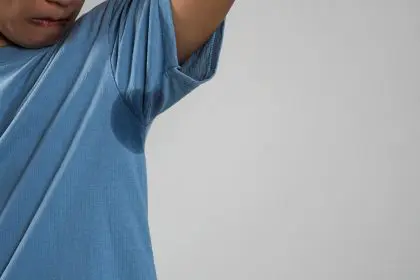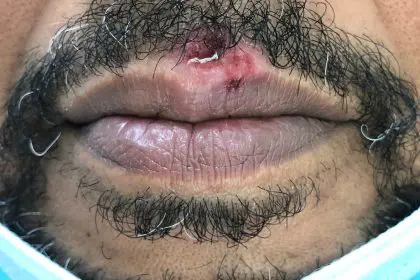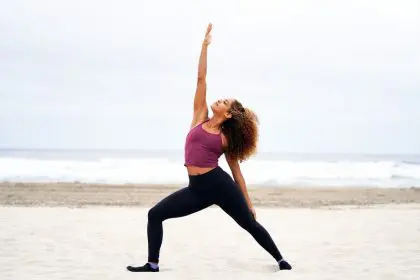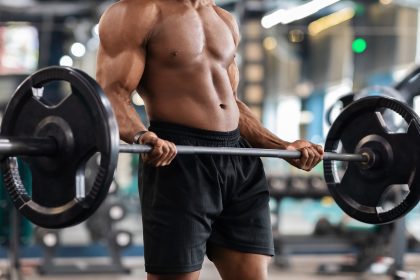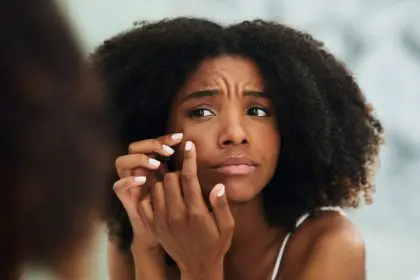The sneaky truth about your footwear
Walking might seem like the most innocent form of exercise, but what if your trusty shoes were plotting against your body’s well-being? Buckle up for a foot-saving revelation that could change everything you know about walking.
The science behind shoe wear
Not all shoe deterioration is created equal. Biomechanical experts reveal that our walking patterns create unique stress points that accelerate shoe breakdown. Your individual gait – whether you’re a pronator, supinator, or have a neutral stride – dramatically impacts how quickly your shoes wear out.
Anatomy of a walking shoe
Understanding shoe construction is crucial. Modern walking shoes comprise multiple critical components:
- Outsole: The bottom rubber layer providing traction
- Midsole: The shock-absorbing core that protects joints
- Upper: The fabric portion that supports and stabilizes your foot
- Insole: The interior cushioning that creates immediate comfort
Each layer has a limited lifespan, and when one fails, the entire shoe’s performance suffers.
The mileage mystery decoded
Experts have a not-so-secret code for shoe replacement: 300 to 500 miles. Translation? Most active walkers need two new pairs annually. But here’s the kicker – most people aren’t tracking their shoe’s life expectancy like a fitness detective.
6 warning signs your shoes are staging a rebellion
1. Traction apocalypse
Imagine your shoe soles looking like a smooth highway instead of a grippy mountain trail. Flat treads aren’t just ugly – they’re a lawsuit waiting to happen. When your shoes start looking like they’ve been through a sandpaper fight, it’s time to break up.
The science behind traction loss involves rubber compound breakdown. Constant friction, temperature changes, and walking surfaces gradually wear down the shoe’s grip, reducing your stability and increasing injury risk.
2. The comfort conspiracy
Blisters and calluses aren’t battle scars – they’re your body’s SOS signal. Your shoes should feel like a supportive best friend, not a betrayal waiting to happen.
Podiatrists explain that worn-out shoes lose their original shape, creating friction points that didn’t exist when the shoe was new. This microscopic movement can cause significant skin irritation and potential foot deformities.
3. Cushioning collapse
Remember when your shoes felt like walking on clouds? If they now feel more like concrete, your cushioning has left the building. Goodbye, shock absorption. Hello, potential joint drama.
Modern walking shoes use advanced materials like EVA (ethylene-vinyl acetate) foam and specialized gel systems. These materials compress and lose resilience over time, reducing their ability to protect your joints from impact.
4. Body ache blackmail
Mysterious pain in your ankles, knees, or back after walking? Your shoes might be the silent culprit. They’re not just footwear – they’re your body’s first line of defense.
Biomechanical studies show that worn-out shoes can alter your natural walking mechanics, creating compensatory movements that stress different muscle groups and joints.
5. Wear and tear warfare
Uneven shoe wear is like a roadmap of your walking sins. If one side looks like it’s been through a zombie apocalypse while the other looks pristine, your shoes are sending an urgent message.
Uneven wear often indicates underlying biomechanical issues like leg length discrepancies or improper walking technique. It’s not just about the shoe – it’s about understanding your body’s unique movement patterns.
6. Material meltdown
Cracked leather, separating soles, or fabric that looks more tired than a parent of newborn twins – these are not signs of character. They’re signs of imminent shoe retirement.
Shoe survival strategies
Extend your shoe’s life expectancy
- Use shoes exclusively for walking
- Dodge extreme weather like a ninja
- Hand wash with cold water (machine washing is a shoe serial killer)
- Air dry like your footwear’s life depends on it
- Rotate between two pairs to allow complete drying and reduce wear
- Store in a cool, dry place away from direct sunlight
Top walking shoe survivors
Budget-friendly champions
- Reebok Women’s DMX Comfort Slip-on Sneaker: Comfort for less than a fancy dinner
- Price: $46
- Comfort level: Clouds with attitude
Luxury foot paradise
- Lululemon Beyondfeel Women’s Running Shoe: Where style meets support
- Price: $158
- Feels like: Walking on designer marshmallows
Performance powerhouses
- ASICS GEL-1130 Sneaker: The marathon walker’s dream
- Price: $178
- Comfort: Instant out-of-the-box happiness
The ultimate walking shoe manifesto
Your shoes are more than fashion statements – they’re health investments. Treat them right, replace them wisely, and they’ll return the favor with every step.
Final warning
Listen to your body. Watch your shoes. Your future self will thank you.
Disclaimer: Always consult healthcare professionals for personalized advice.


